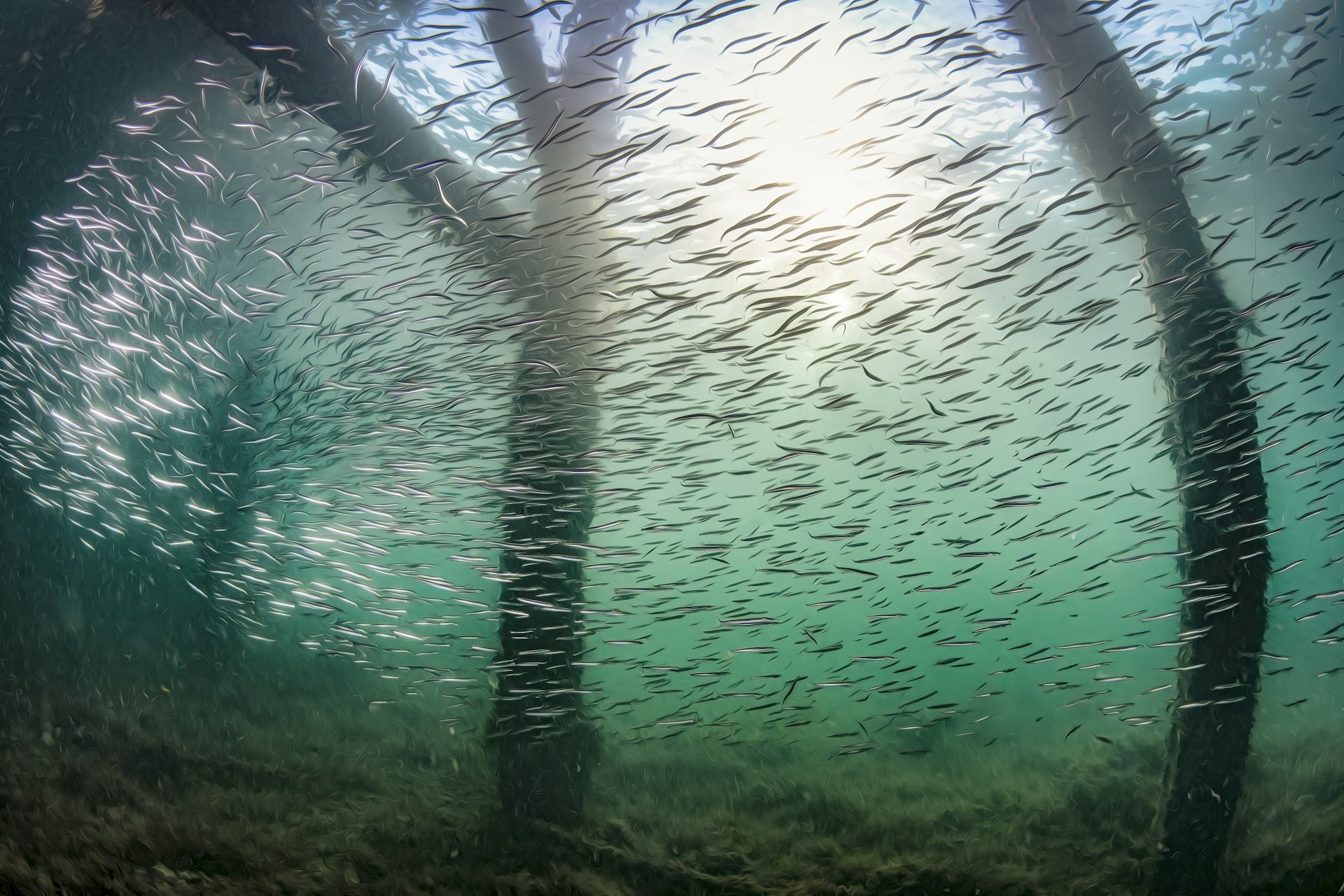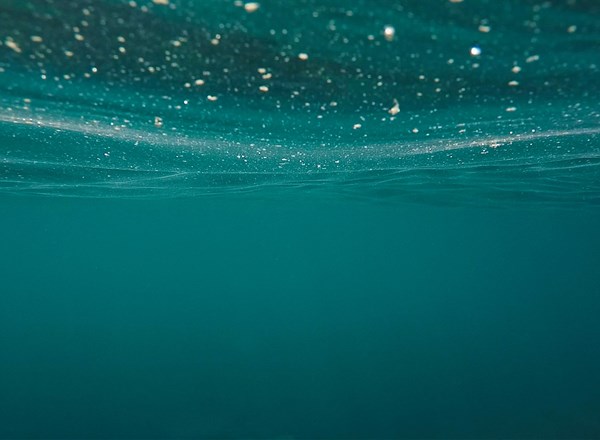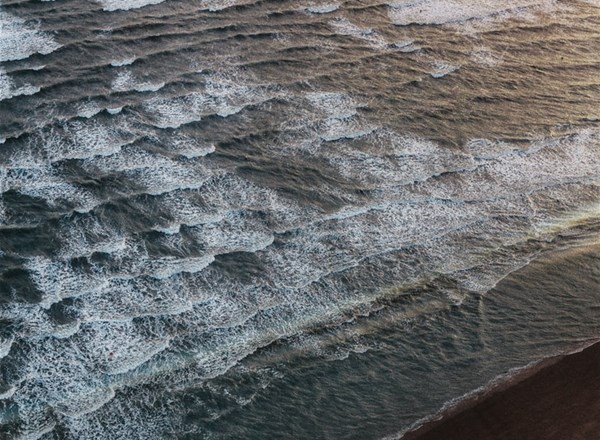
Fisheries Evidence Project
Working alongside our customers and stakeholders, we create, invest in, and deliver critical data and evidence programmes.
The marine environment provides important social, cultural and economic value to all of us
The seabed is getting busier, not only is it critical for renewable energy, protecting and enhancing the environment, but also as a source of food. The fishing sector is an important part of the UK's economy and heritage, which is why we work closely with stakeholders to ensure that the sustainable development of the seabed can drive financial, social and environmental value.
That is why we launched our Fisheries Evidence project in February 2022, to improve our understanding of the spatial distribution of fishing effort in UK waters.
We are working alongside fisheries experts, UK governmental bodies and the fisheries industry, to ensure that we are using the best available data and evidence to improve our decision-making process.
The Fisheries Evidence Project: Summary Report
In response to the intensifying global climate crisis, the UK Government’s “Net Zero Strategy: Build Back Greener”, sets out strategic goals of decarbonising all sectors of the UK economy to achieve net zero carbon emissions by 2050. As part of these goals, the UK government has set a target of achieving 50GW of offshore wind by 2030 (Department for Energy Security and Net Zero, 2022). Offshore renewables, such as offshore wind farms, provide opportunities to meet rising energy demands and are a critical step towards addressing the climate emergency. However, without appropriate management, increasing offshore activities could have adverse effects on the marine environment and other marine users, such as UK fishers.
The fisheries sector is an important sector within the UK, providing economic and social benefits, alongside providing a source of lower carbon protein. Over the last few decades, the industry has been placed under significant pressure, due to increasing offshore human activity and pressures such as climate change, habitat loss and overfishing (Seafish, 2022).
The increasing spatial footprint of offshore development, including offshore wind, will change the ocean landscape and could cause the displacement of commercial and recreational fisheries, resulting in negative socio-cultural, economic, and ecological consequences (European MSP Platform, 2021).
To mitigate against potential conflicts between offshore activities and to protect and enhance the marine environment, the spatial distribution of fishing effort in the waters surrounding the UK must be better understood. Increased understanding of fisheries data will provide a greater evidence base for decision-making, improving spatial design of marine developments and increasing our collective understanding of the potential social and environmental benefits of offshore projects.
Over recent years, the increasing use of vessel monitoring systems (VMS) and automatic identification system (AIS) data has led to a greater understanding of the spatial distribution of fishing effort in UK waters (Shepperson et al., 2017). However, there remains a paucity of publicly available high-resolution fisheries data and, even where data is in existence, challenges in information accessibility. Fisheries data is regarded as highly sensitive, due to concerns over data confidentiality and the potential or perceived commercial risks to fishermen of sharing spatial fisheries data.
Improving our understanding of the geographical distribution of fisheries activity, and sensitivity of fisheries to displacement, will improve The Crown Estate’s approach to future offshore wind leasing rounds. The integration of fisheries spatial data into The Crown Estate’s modelling approach will provide an improved understanding of the potential social, cultural, economic and environmental impacts of offshore development on fisheries, the environment, and the coastal communities dependant on fisheries for their livelihoods.
The Fisheries Evidence Project therefore aimed to identify key fisheries datasets and evidence gaps, to improve our understanding of the spatial distribution of fishing effort in UK seas.
The objectives of the work undertaken were:
To provide an overview of UK fisheries (activity/effort).
To increase our understanding of the spatial distribution of fishing effort in EWNI waters.
To evaluate existing fisheries data and evidence and give recommendations for use in project implementation by The Crown Estate.
To explore whether data and evidence can be used to predict areas of future fishing effort in EWNI waters.
To provide recommendations to improve awareness of existing fisheries datasets and their uses and identify opportunities to improve the creation of new fisheries datasets.
The summary report linked below outlines the evidence gaps identified and recommendations of the Fisheries Evidence project.
Fisheries Evidence Project Outputs
Reports and deliverables from the Fisheries Evidence Project.






